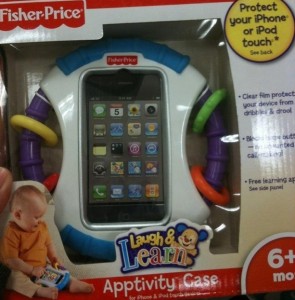Dear Portfolio Committee,
Throughout high school, I found it particularly difficult to complete my writing assignments. The sentences that seemed so eloquent in my mind, sounded stale and forced when put on paper or spoken aloud. This never bothered me though, as I never found myself too fascinated by any topic that was assigned to me. I would turn the adequate notes I had taken in class into average sentences, and compile a passable submission. I didn’t find joy or pride in my writing the way some of my classmates did. That was, until I was tasked to complete a movie review. That assignment opened me up to a whole new way of writing, and made it something that I now truly enjoy doing. In the first two of the following essays, I expand upon how this spark was ignited, and how it has influenced me still. The last essay dives into an subject I hadn’t previously known I had questions about, keeping with the my overall theme of always striving to learn something new.
When I found out that our first essay allowed us to choose curiosity, creativity, or persistence as a base to build upon, I was immediately drawn to curiosity. My first essay, which was our CCP: Memoir assignment, focuses on how intrigued I have always been by the film industry. I found this essay to be very natural to write, as it let me express my love and fascination with the way movies are made. Once I began writing, everything seemed to flow. I was able to explain certain habits I have, and how I was able to use these to broaden my understanding. In my rough draft, I had taken the memoir in a different direction, but was not fully satisfied with the result. When I sat down to make adjustments for my final draft, I decided to start from scratch and write about the first movie that had inspired me. I feel that the finished product is something that embodies my personality, interests, and quirks.
While I am compelled to learn more about movie making, not everyone feels the same way I do. I explored that idea in my next essay, our CCP: Idea piece. Keeping in the theme of curiosity, I researched how different people are interested in different things. I am curious about curiosity itself, and tried to understand why we all have varying likes and dislikes. I read many different articles about how interests form, and read blogs of my classmates who also chose to write about things that made them curious. Through reading these, I was able to see the different theories many have on where our interests stem from, that no two are identical. What is fascinating to one person may not get the same reaction from another.
For my final essay, Annotation, I found a picture of a case that holds and protects and IPhone, so young children are able to play with it. The pictures immediately struck me as odd, since when I was younger, the most advanced electronic toy I had was probably a talking doll. However, since times have changed, I wondered if maybe it only seemed out of place to me. My 5 year old siblings have grown up with technology, and often are faster to learn how to use new features then I am. I also constantly hear reports in the media proclaiming use of cell phones to put people at risk of developing cancer. It made me wonder if these reports had any merit, and if the children who began using them at such a young age were at higher risk, in the same way prolonged exposure to the sun may lead to skin cancer. I wanted to explore the health risks, and the habits toys like this may create.
I have enjoyed my time in English 101. I believe that these essays have allowed me deepen my interests and broaden my writing horizons. I was able to write about topics that truly interest me, and was able to get across the initial ideas I had. Through writing about them, my love of movies has only grown, and I feel it will continue to do so. I hope you enjoy my portfolio, as you are about to learn a lot about me, and this particular passion of mine.
Thank you,
Jillian Tucker

